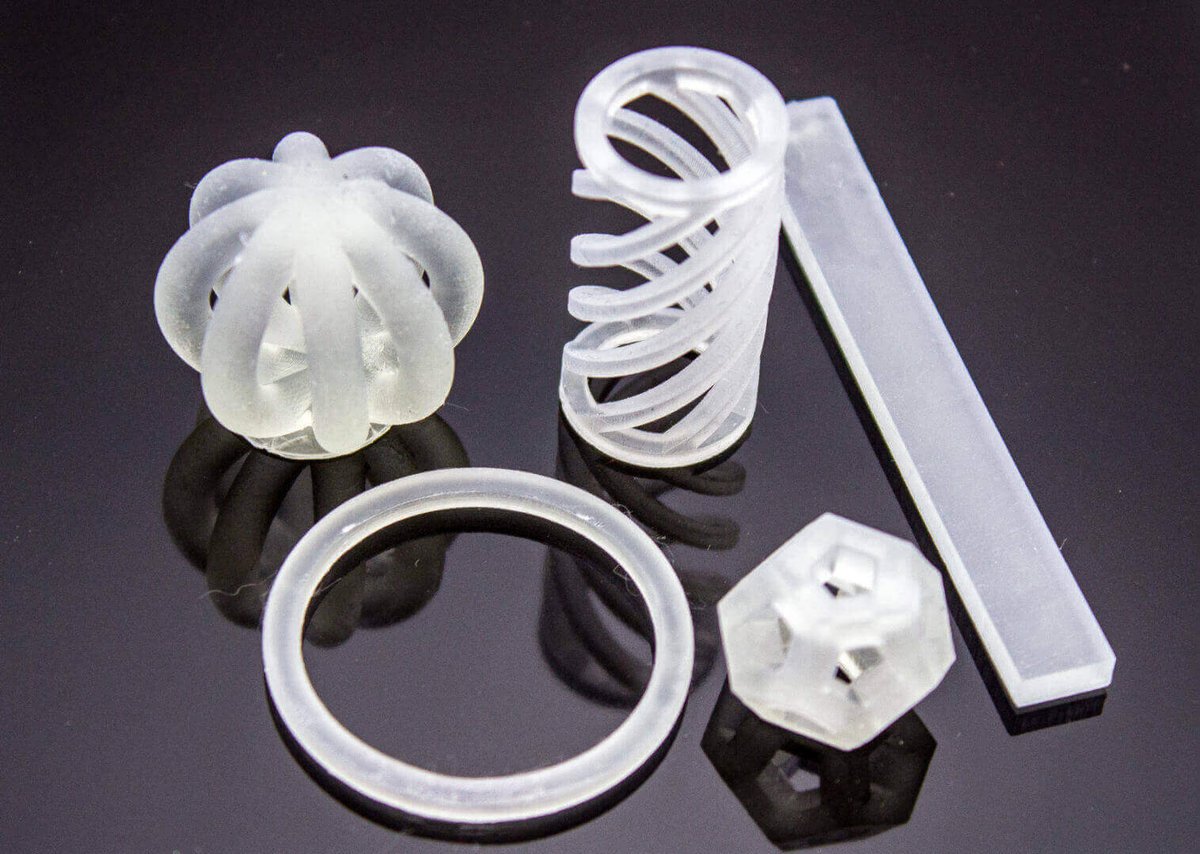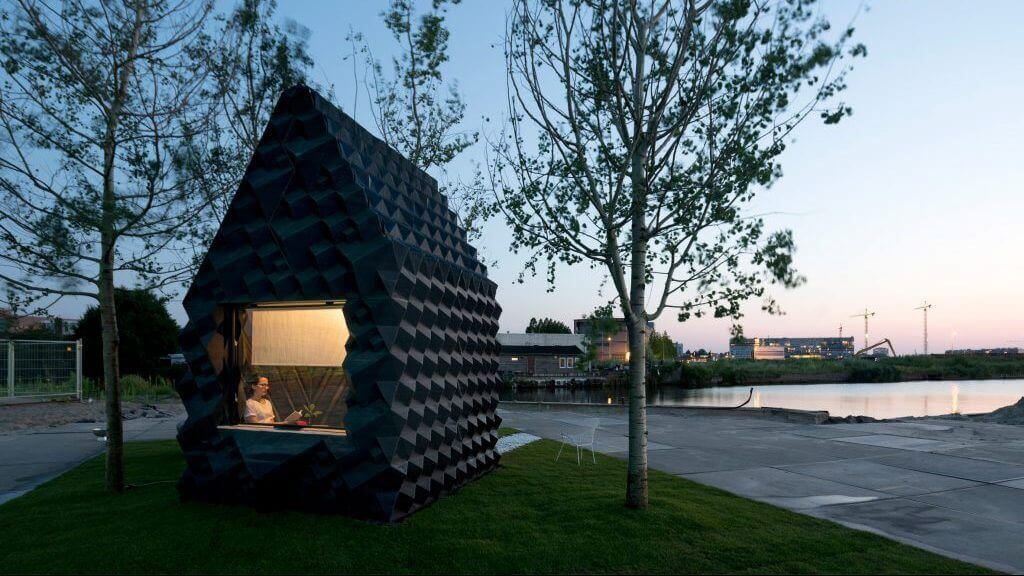Widely known for their high performance materials, German company Henkel is developing filaments and powder materials for 3D printing.
German high performance materials manufacturer Henkel is entering the 3D printing industry. Their plan is an ambitious one; to develop unique filaments and powder materials for additive manufacturing.
The firm already has a healthy business with their light cure acrylic, epoxy, polyurethane, and hotmelt adhesives. These are all widely used in the medical, electronic, and automotive sectors. So why 3D printing?
Because these same materials have also been adapted for use in additive manufacturing projects. The prospect of a new market has encouraged Henkel to push ahead and research dedicated material solutions for additive manufacturing.
The goal is to create promising 3D printing material solutions which are suitable for a wide range of applications. And with their long-standing expertise in material production, there’s every likelihood that the company will succeed.

Henkel Believes Strongly in Additive Manufacturing
Mike Olosky is the Corporate Senior Vice President and Global Head of Innovation and New Business Development at Henkel Adhesive Technologies.
“Thanks to our broad material portfolio and our large customer base across different industries, we have the access and ability to enable 3D-printed solutions for all kinds of functional applications, ” he said in a statement.
“We believe strongly in the future of additive manufacturing and expect that its full potential will come by identifying the right customer application and focusing the right materials, with the right printing process and leveraging the right software.”
Part of their transition into the 3D printing industry is Henkel’s partnership with the Dutch architectural design startup DUS Architects. The latter has worked on a steady stream of impressive 3D printed construction projects, like the 3D Print Canal House and 3D printed Urban Cabin.
Earlier this year, DUS Architects team created a facade for a mobile conference building in Amsterdam. The architects used Henkel’s hotmelt adhesives injected with concrete to produce components for the structure. The bioplastic material offered high consistency and stability, with the added benefit of being easily to recycle.
All in all, Henkel’s decision to enter the 3D printing industry could soon have a major impact on the functionality of 3D printing materials. And by collaborating with DUS Architects, the material supplier will have a unique insight into what their customers want.
Source: Press Release

License: The text of "Material Masterminds Henkel to Enter 3D Printing Market" by All3DP is licensed under a Creative Commons Attribution 4.0 International License.